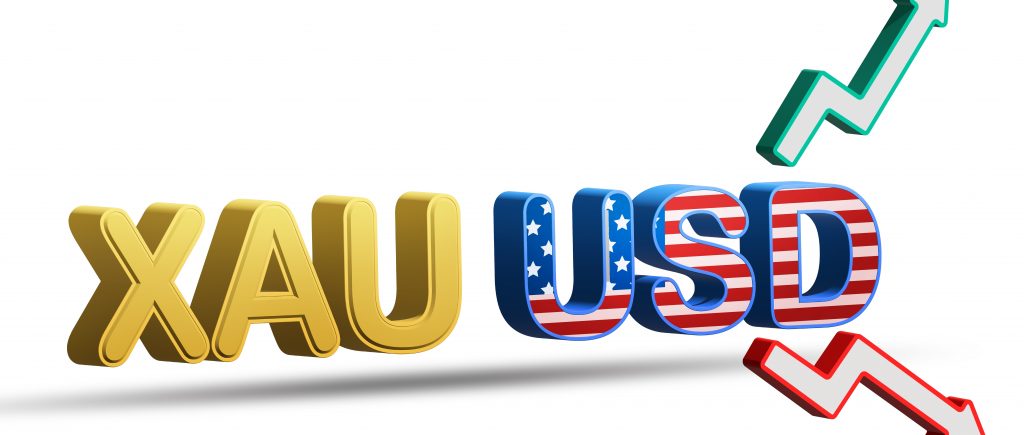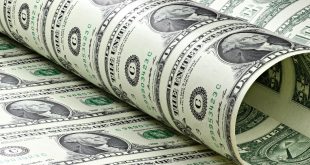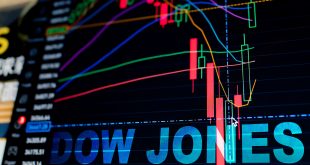Gold prices climbed in Asian trading on Thursday, briefly reaching a record high as escalating trade tensions fueled demand for safe-haven assets. However, gains were limited by a stronger U.S. dollar, following hawkish signals from the Federal Reserve’s January meeting minutes.
Gold Hits Record High Before Retreating
Spot gold rose 0.3% to $2,940.96 per ounce, briefly touching an all-time high of $2,947.23 per ounce earlier in the session. Meanwhile, gold futures expiring in April gained 0.2% to $2,957.80 per ounce.
Trade War Concerns Drive Gold Demand
Safe-haven demand for gold intensified after U.S. President Donald Trump reaffirmed plans to impose new tariffs, heightening fears of a renewed global trade war.
- Trump announced that a 25% tariff on automobiles, pharmaceuticals, and semiconductors would take effect within the next month.
- He also signaled the possibility of a 25% tariff on all lumber imports into the U.S.
- Despite these aggressive measures, Trump left the door open for a trade agreement with China, even after recently imposing 10% tariffs on Chinese imports, prompting retaliatory action from Beijing.
These developments weighed on risk-driven markets, increasing demand for gold and other traditional safe-haven assets like the Japanese yen.
Precious and Industrial Metals React to Market Uncertainty
Other precious metals also edged higher, though they remained under pressure from market volatility:
- Platinum futures rose 0.2% to $992.70 per ounce.
- Silver futures climbed 0.9% to $33.353 per ounce.
Meanwhile, industrial metals benefited from policy stability in China, the world’s largest metals importer:
- Benchmark copper futures on the London Metal Exchange gained 0.7% to $9,507.30 per ton.
- March copper futures edged up 0.2% to $4.5785 per pound.
Dollar Strength and Fed’s Hawkish Stance Cap Gold’s Gains
Despite gold’s initial surge, strength in the U.S. dollar and concerns over persistent inflation limited further upside.
- The U.S. dollar gained momentum as several Federal Reserve officials reiterated their cautious stance on interest rate cuts, citing strong economic data and sticky inflation.
- The Fed’s January meeting minutes, released Wednesday, showed policymakers also evaluating the potential inflationary effects of Trump’s trade policies, adding to speculation that interest rates may remain elevated for longer.
With investors balancing trade uncertainties against Fed policy expectations, gold markets remain sensitive to monetary signals and macroeconomic developments.
 Noor Trends News, Technical Analysis, Educational Tools and Recommendations
Noor Trends News, Technical Analysis, Educational Tools and Recommendations





